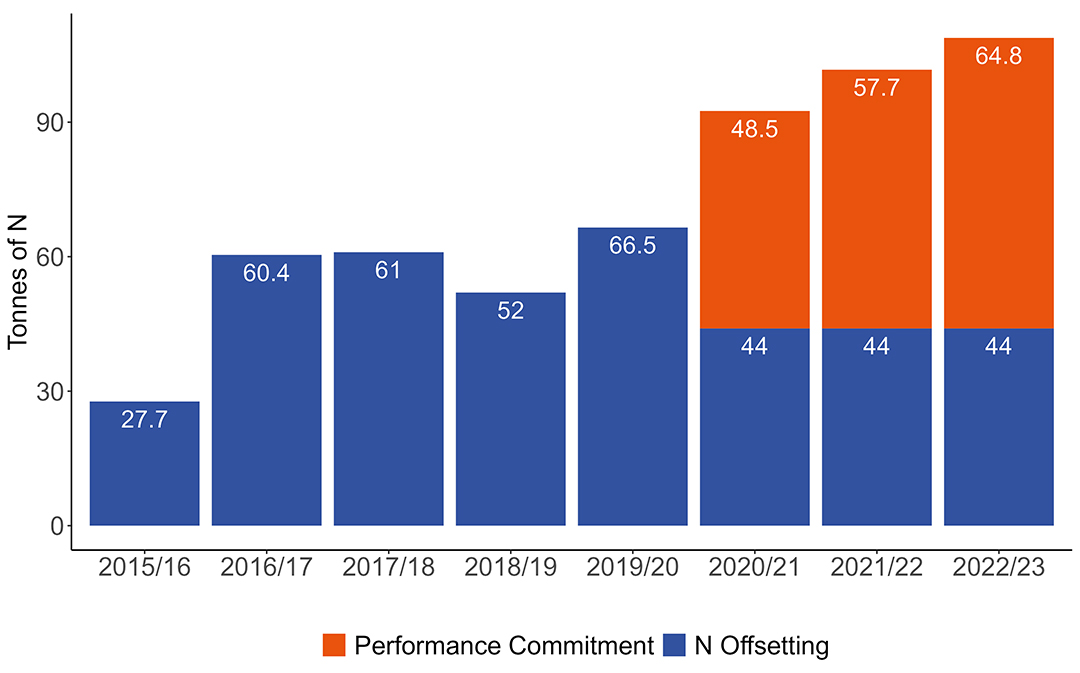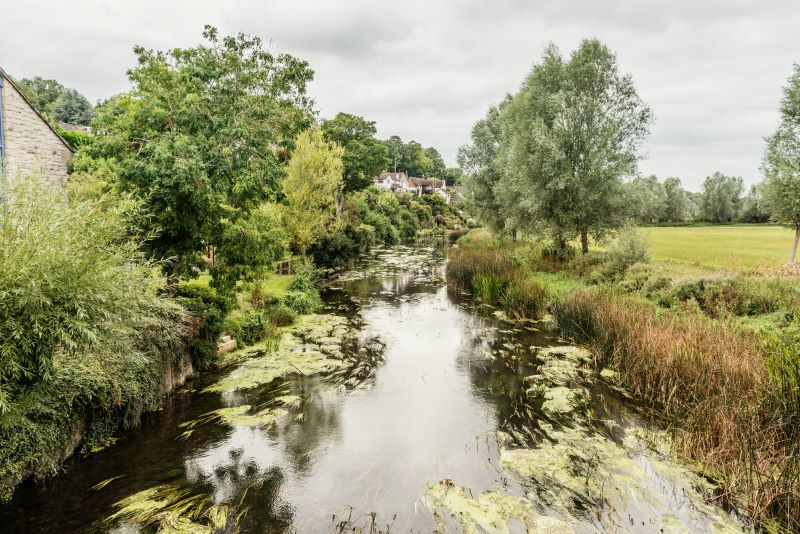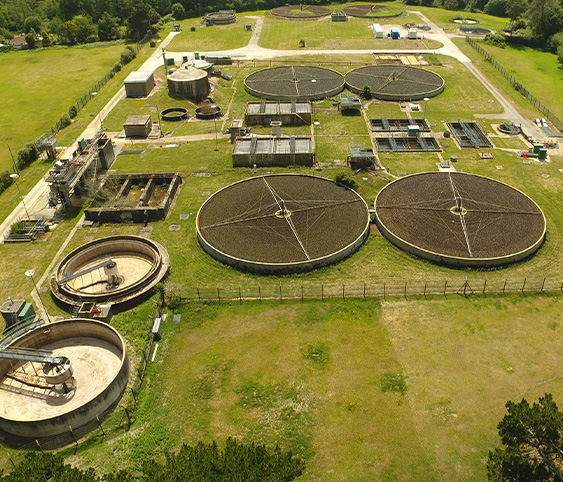- Home
- Our purpose
- Rivers and coastal waters
- Catchment management
- Poole Harbour nitrogen
Poole Harbour nitrogen offsetting scheme
We are using catchment management to offset nitrate contained in the effluent discharged from Dorchester’s water recycling centre.
About the scheme
The scheme began in 2015/16 with the aim of reducing the amount of nitrogen (N) entering Poole Harbour by 40 tonnes per year by 2020 through working with local farmers in a specific area of the catchment.
We achieved this goal in 2016/17 preventing 60.4 tonnes of nitrogen from entering the harbour. For the years that followed, we continued to surpass this target.
Due to the success of the scheme, in 2020 we expanded it to include the rest of the Poole Harbour catchment so that we could work with, and fund, other farmers and landowners within the catchment.

Why did we choose catchment management?
Reducing nitrate (NO3-N) loads into Poole Harbour is a key goal to improve water and aquatic habitat quality.
The majority (73%) of nitrate entering Poole Harbour has been attributed to riverine inputs, particularly from the Frome and Piddle rivers (Environment Agency and Natural England, 2013).
The main contributors of nitrate into rivers within the Poole Harbour catchment are fertilisers from tillage land, manure from livestock, sewage treatment works (Environment Agency and Natural England, 2013) and private sewage systems (Kite & Natural England, Dorset, 2023). Of the nitrogen that enters Poole Harbour via rivers, 12% comes from our water recycling centres (WRCs).
By working with farmers in the catchment, we have been able to invest in agricultural practices that reduce nitrate leaching and provide wider environmental benefits. These can include biodiversity improvements, Natural Flood Management and a reduction in phosphorus and sediment losses in the rivers that feed into Poole Harbour.
For Wessex Water, the alternative would be to install nitrate removal plants at WRCs. However, these would only deal with nitrate and, in addition, would release significant quantities of carbon into the environment therefore not delivering on wider environmental benefits.
Nitrate levels in Poole Harbour’s rivers
Our Catchment Delivery team monitors riverine nitrate concentrations across the catchment.
View our 2023 to 2024 hydrological year update to learn more about the nitrate levels in Poole Harbour’s rivers.
You can also read the full technical report for more information.

How do we support farmers?
We worked with the farmers in a targeted area of the Poole Harbour catchment to:
- identify and raise awareness of water quality issues
- share the results of water, soil, crop and manure testing that we have carried out for them
- provide advice and information on ways to improve the efficient use of key inputs
- fund farmers for adopting alternative practices.
To date, we have funded farmers in the catchment over £1.1 million through these schemes.
Within the catchment, there are 13 groundwater safeguard zones where we also work with farmers to protect drinking water quality. Learn more about groundwater catchment management.
Due to the Consent Order for Poole Harbour and the judicial review, we are now aligning ourselves with the Poole Harbour Nutrient Management Scheme (PHNMS), a farmer-led scheme which is approved by the regulator to collectively reduce nutrient losses from agriculture in the catchment.
For more information about the scheme, visit the Poole Harbour Agricultural Group website.
What is next for the Poole Harbour catchment?
For the future, we have proposed a programme of significant upgrades to our WRCs to further reduce nutrients entering the catchment from our assets.
Alongside this, we will be purchasing any N requirements it has within the Poole Harbour catchment from the Poole Harbour Agricultural Group.
Download our Poole Harbour Catchment factsheet to find out more.
For more information about the scheme, please email us.

